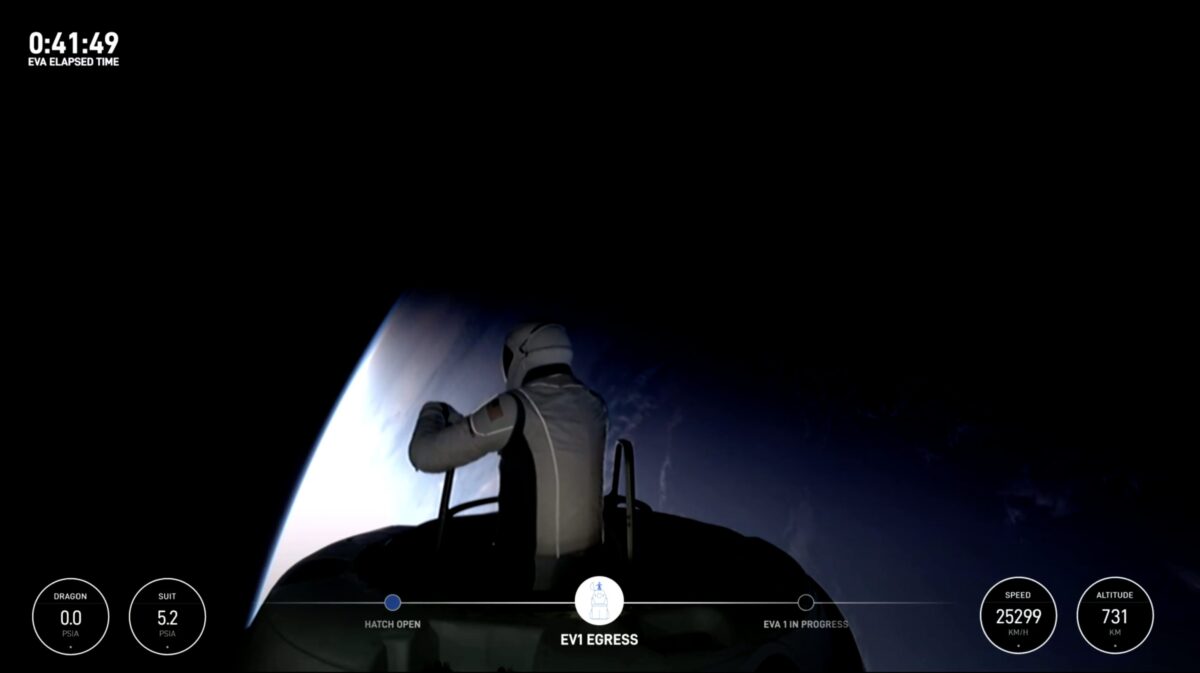
Polaris Dawn mission commander Jared Isaacman steps out of SpaceX's Dragon capsule and becomes the first commercial astronaut to complete a spacewalk. Credit: SpaceX
SpaceX's four-person crew Polaris Dawn The mission made history Thursday morning by completing the first spacewalk by private astronauts.
Commander Jared Isaacman, the billionaire CEO of Shift4 Payments who bought the five-day orbital flight from SpaceX, and mission specialist Sarah Gillis, one of two SpaceX engineers on the crew who are the company’s first employees to fly in space, exited SpaceX’s Dragon capsule one at a time, each spending about 12 minutes outside. The astronauts were traveling at 17,500 mph (28,000 km) and an altitude of more than 450 miles (725 kilometers) above Earth — higher than the International Space Station.
Because Dragon has no airlock, all four crew members were exposed to the vacuum of space. The mission profile posed additional risk compared to a typical spacewalk, in which astronauts enter and exit through a vacuum-sealed chamber.
“Today’s EVA marked the first time four humans were exposed to the vacuum of space while completing the first commercial astronaut spacewalk from a commercially produced spacecraft wearing commercially produced extravehicular activity (EVA) suits,” said Stu Keech, vice president of Dragon engineering at SpaceX.
SpaceX provided live coverage of the entire process, approximately two hours, which can be watched again. here.
The Falcon 9 rocket carrying Dragon and the Polaris Dawn crew lifted off from Launch Complex 39A at NASA's Kennedy Space Center in Florida early Tuesday morning. Almost immediately, the astronauts began preparing for the spacewalk.
The first step was a “pre-breath” to remove nitrogen bubbles that can form in body tissues and cause decompression sickness. During the process, which lasted about two days, cabin pressure was reduced and oxygen levels were gradually increased to help the crew acclimatize.
After that, the astronauts donned their EVA spacesuits, which are designed to be worn both inside and outside the spacecraft. Developed by SpaceX with help from Isaacman's Polaris team, the suits have withstood hundreds of hours testing and feature increased mobility, durability, and even a high-tech heads-up display (HUD).
“Building a base on the Moon and a city on Mars will require thousands of spacesuits,” SpaceX said in a statement. mail in X. “The development of this suit and the EVA performed on this mission will be important steps toward a scalable design for spacesuits on future long-duration missions.”
After completing the suit's leak checks and venting the Dragon to create a vacuum, Isaacman opened the hatch and was the first to emerge. He remained attached to the spacecraft and used a specially designed structure called the Skywalker to move around and perform tests on the suit's thermal and mobility systems. Skywalker is equipped with several cameras that were used to capture the moment in real time.
“SpaceX, we all have a lot of work to do at home,” Isaacman said as he looked down at the planet, “but from here, Earth looks like a perfect world.”
After Isaacman returned, it was Gillis’ turn. The SpaceX engineer went out and performed the same series of tests, while mission pilot Scott “Kidd” Poteet and mission specialist and medical officer Anna Menon monitored their support systems.
Finally, the hatch was closed, Dragon was repressurized, and the astronauts removed their suits.
“Dragon uses pure nitrogen during ‘squeeze,’ which is mixed with pure oxygen released into the cabin through the open-loop system that keeps the EVA suits pressurized,” SpaceX said. saying“This process is unique to Dragon, which acts as its own airlock.”
From venting to repressurization, the entire process took approximately one hour and 45 minutes.
Elon Musk, the CEO of SpaceX, was quick to… praise the crew for their historic achievement, as did NASA Administrator Bill Nelson.
“Congratulations to @PolarisProgram and @SpaceX on the first commercial spacewalk in history!” Nelson aware in X. “Today’s success represents a major step forward for the commercial space industry and NASA’s long-term goal of building a vibrant American space economy.”
Polaris Dawn, the first of three missions Isaacman purchased for SpaceX under the Polaris Programhas so far lived up to its high expectations. In addition to the spacewalk, astronauts in Day two The mission ascended to an orbital height not reached by humans since the Apollo 17 astronauts in 1972, passing through dangerous radiation belts.
Menon also read a children's book of his own, Kisses from spacefor her family and patients at St. Jude Children's Research Hospital, live from orbit. While Polaris missions are scientific (Polaris Dawn alone will conduct nearly 40 experiments), they are also billed as charitable initiatives to raise money for St. Jude.
Ultimately, the Polaris program may have a ripple effect on NASA's efforts to return Americans to the Moon through the Artemis program.
The Polaris 3 mission is expected to be the first crewed flight of SpaceX’s Starship, the largest and most powerful rocket ever built. The space agency has asked the company to develop a variant of Starship to land astronauts on the Moon’s south pole, to be used during Artemis 3, scheduled for September 2026.








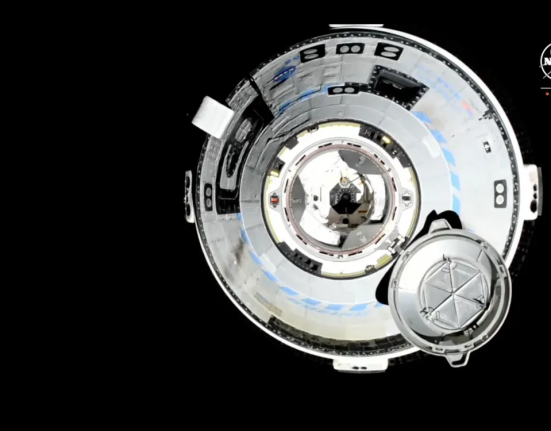

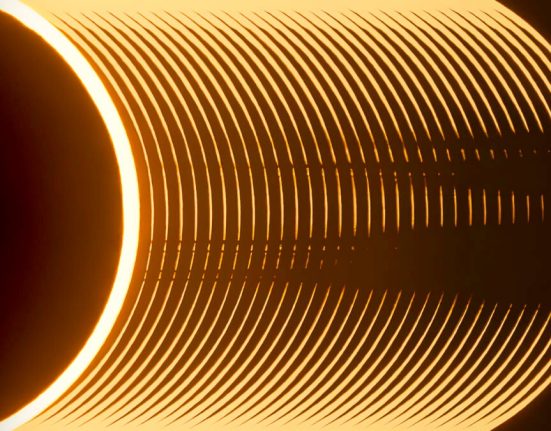
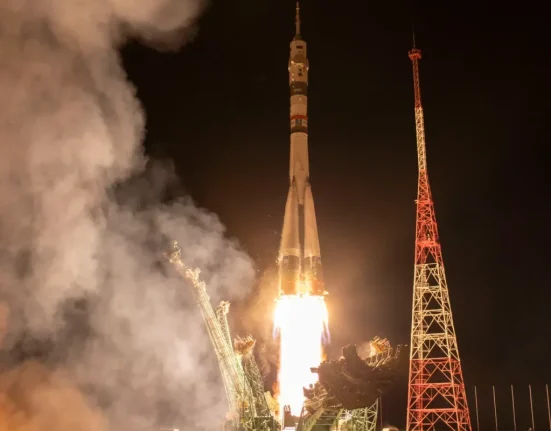
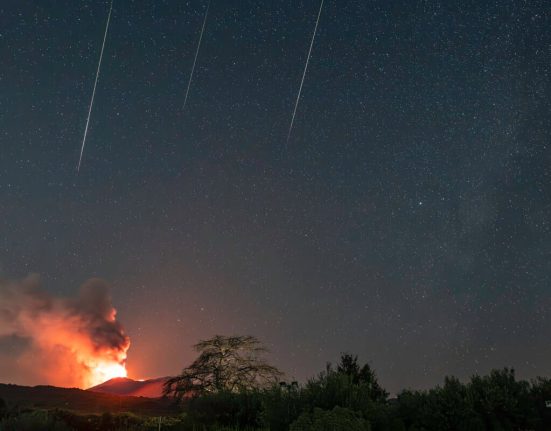
Leave feedback about this